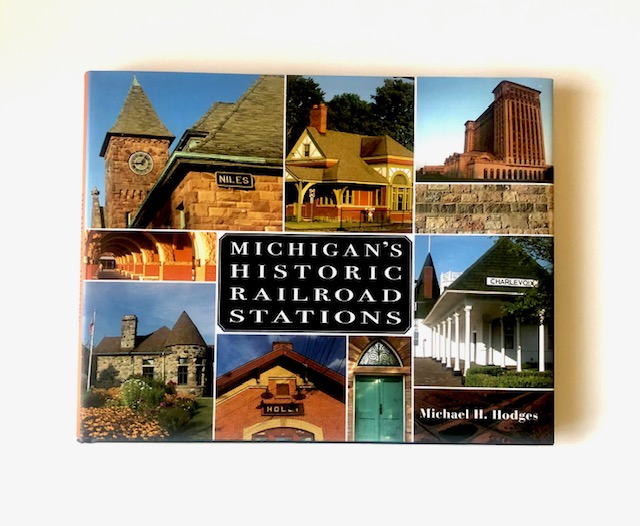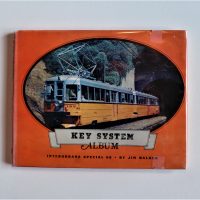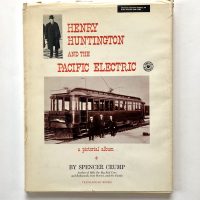Description
Michigan’s Historic Railroad Stations by Michael H. Hodges
Published by Wayne State University Press. Copyright 2012
When the railroad revolutionized passenger travel in the nineteenth century, architects were forced to create from scratch a building to accommodate the train’s sudden centrality in social and civic life. The resulting depots, particularly those built in the glory days from 1890 to 1925, epitomize the era’s optimism and serve as physical anchors to both the past and the surrounding urban fabric. In Michigan’s Historic Railroad Stations writer and photographer Michael H. Hodges presents depots ranging from functioning Amtrak stops (Jackson) to converted office buildings (Battle Creek) and spectacular abandoned wrecks (Saginaw and Detroit) to highlight the beauty of these iconic structures and remind readers of the key role architecture and historic preservation play in establishing an area’s sense of place.
Hardcover book with dust jacket. Both book and dust jacket are like new condition. 186 pages. One copy only.
Shipping $2.50
Along with his striking contemporary photographs of the stations, Hodges includes historic pictures and postcards, as well as images of “look-alike” depots elsewhere in the state. For each building Hodges provides a short history, a discussion of its architectural style, and an assessment of how the depot fits with the rest of its town or city. Hodges also comments on the condition of the depot and its use today. An introduction summarizes the functional and stylistic evolution of the train station in the nineteenth and twentieth centuries and surveys the most important academic works on the subject, while an epilogue considers the role of the railroad depot in creating the American historic-preservation movement.
The railroad station’s decline parallels a decrease in the use of public space generally in American life over the last century. Michigan’s Historic Railroad Stations will reacquaint readers with the building type that once served as the nation’s principal crossroads, and the range of architectural styles it employed both to tame and exalt rail transportation. Readers interested in Michigan railroad history as well as historic preservation will not want to miss this handsome volume.




